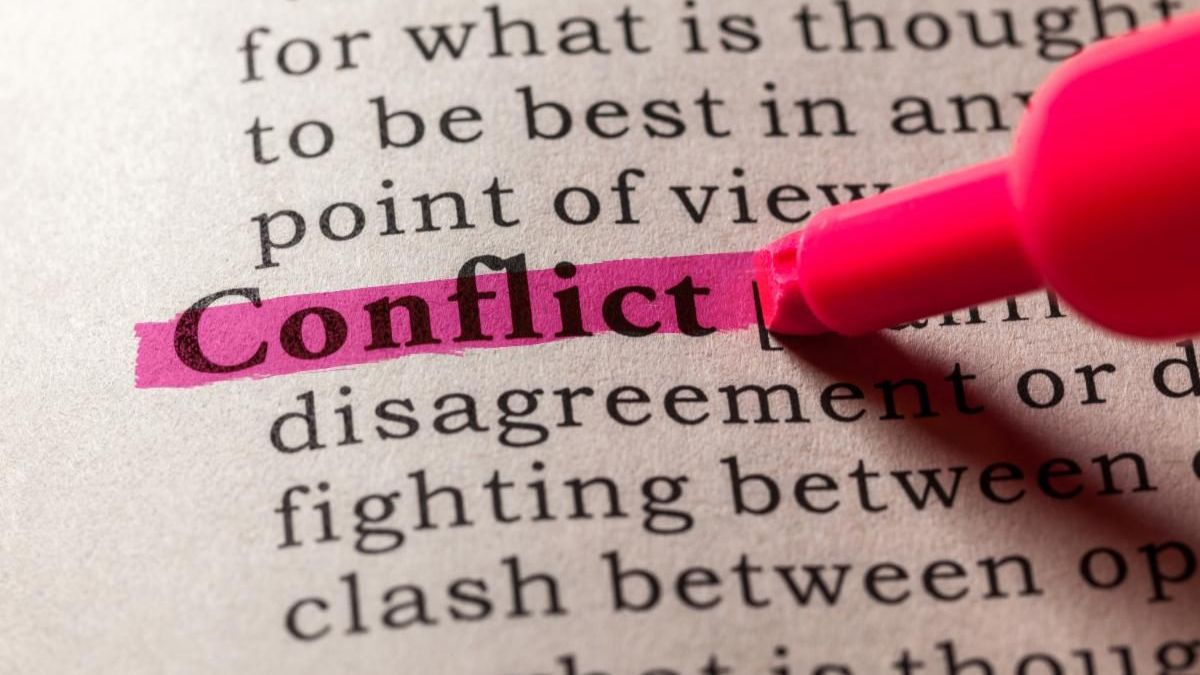
Blog Layout
Navigating Turbulent Waters: Lessons from the Titanic to the Francis Scott Key Bridge Collapse
J.P. Montalvan • April 1, 2024
As most of you know, tragedy struck on what would have otherwise been an ordinary night earlier this week in the heart of Baltimore. The Francis Scott Key Bridge, an iconic structure that spanned the Patapsco River, became the focal point of a devastating disaster that has shaken Baltimore and the region to its core. As I think about the events of that night, there’s a lot to unpack, from preparedness and the “why” behind a crisis to quick thinking and the human capacity for heroism in the face of adversity.
When we think about a crisis or disaster, we can be lulled into thinking that there’s a simple cause and effect.
We can be lulled into thinking that the Titanic sank because it hit an iceberg, for example. But there’s almost always a lot more at play, including with the Titanic.
The “unsinkable” Titanic’s massive compartment doors were presumed to be watertight, but the doors were not capped at the top. The ship’s captain didn’t slow the speed of the Titanic as it crossed the Atlantic, despite warnings of icebergs. The crew ignored ice warnings from other nearby ships, and the ship’s lookouts were missing the binoculars needed to properly spot icebergs. Once the Titanic hit the iceberg, a tragedy was almost guaranteed, as the 20 lifeboats were not enough to hold the number of passengers on the ship. Many lifeboats were launched with fewer people than they could hold, because the Titanic crew had canceled its scheduled lifeboat drill earlier in the day.
While it’s still too early to understand all the reasons for the Francis Scott Key Bridge disaster, like virtually all disasters it too is likely the result of many factors,
just one of which was the Singapore-flagged vessel Dali losing propulsion and crashing into the one of the bridge’s supports. The most recent federal inspection report for the Key Bridge, filed in May 2022, gave the bridge span a score of 6 out of 9, which is considered "fair,” but the latest inspection report did note concerns over one of its reinforced concrete columns. Further, a crash like the Dali’s with the Key Bridge is unusual – shipping experts say crashes caused by engine failure, steering failure or generator blackout are very uncommon. But this is not the first incident involving the Dali, which, while attempting to leave a Belgian port in 2016 scraped its stern along the quay, damaging the hull. Additionally, the Key Bridge, built in the 1970s, didn’t have structures called fenders and dolphins of newer bridges which absorb impact, like the bumper on a car, to keep them safe. Also, the two 5,000-horsepower tugboats, which only minutes earlier had helped guide the Dali out of its berth at the Port of Baltimore and peeled off, turned back, and raced toward the Dali to help but were too late.
And what we often focus on is the sudden, end result that becomes a crisis or disaster. The Dali’s impact with the Key Bridge was swift and devastating, causing a section of the bridge to crumble – and 8 construction workers with it – into the river below.
Amidst the chaos and confusion, and unlike the Titanic disaster, the actions of the ship's pilot and others emerge as a beacon of hope. With the Dali’s total loss of power and the ship moving swiftly toward a crash with the Key Bridge, the Dali’s pilot recognized the imminent danger and quickly issued a mayday, giving the authorities controlling the bridge just enough time to stop vehicles from crossing the span – about 90 seconds. The pilot also dropped the ship’s anchor to try to slow the ship down. He prevented an even greater catastrophe, as did the police patrolling the bridge – just 90 seconds were needed for officers to stop traffic over the Baltimore bridge in both directions. The mayday calls also accelerated the Coast Guard’s rescue response, which was fast enough to pull two of the eight people from the water. The swift decision-making and calm under pressure by the pilot, the police and the Coast Guard undoubtedly saved lives and minimized the extent of the disaster.
As I think about what lessons we can learn from disasters, whether it be the Titanic or the Francis Scott Key Bridge collapse, there are several takeaways from crises we might apply to our own lives…
- Preparation is paramount. Just as a bridge's or ships’ structural weaknesses can be contribute to disaster, neglecting to address potential vulnerabilities in our own lives can have dire consequences. Whether it's maintaining your physical infrastructure or prioritizing your mental and emotional well-being, being proactive can mitigate your risks and prevent or ease a crisis. And with coaching and training, when a crisis does emerge, you’ve drilled on how to respond.
- Clear communication and collaboration are essential. In the seconds after the Dali’s loss of power and the bridge crash, the ship’s pilot and Baltimore emergency responders worked quickly and skillfully to coordinate rescue efforts. By keeping open lines of communication and working with your supporter, you can mobilize your resources effectively and minimize the impact of unforeseen, difficult events in your life
- Resilience and adaptability are key to facing adversity. While the collapse of the Francis Scott Key Bridge dealt a devastating blow to the region, Marylander’s are rallying together with strength and determination to rebuild and recover. In times of crisis, it's essential to be flexible and resilient, embracing the inevitability of change and finding innovative solutions to overcome challenges.
We’re going to hear a lot more in the weeks and months ahead about the Francis Scott Key Bridge collapse. While what happened unfolds, let’s honor the victims and heroes by learning from the mistakes and striving to create a safer, more resilient future. By applying the lessons from this tragedy to our own lives, we’re better equipped to navigate our own crises with courage, with compassion, and with resolve.
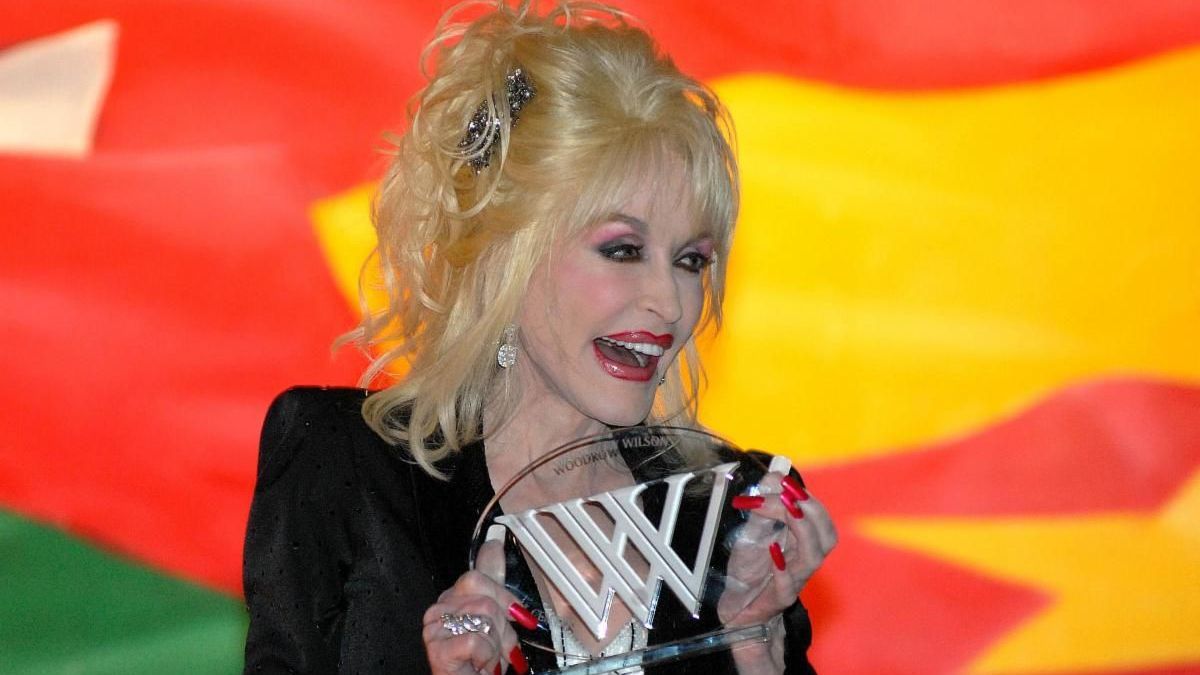
By J.P. Montalvan
•
April 21, 2024
As a leadership coach, I get to work with a diverse range of entrepreneurs and intrapreneurs – quite a few real estate agents, fitness professionals, mortgage lenders, government contractors and others. Come April, it's like clockwork – we all start realizing how easy it is to lose sight of our yearly goals by the end of the first quarter. Life gets busy, we get caught up in the whirlwind of reactivity, and suddenly, those big dreams we had at the start of the year feel miles away.
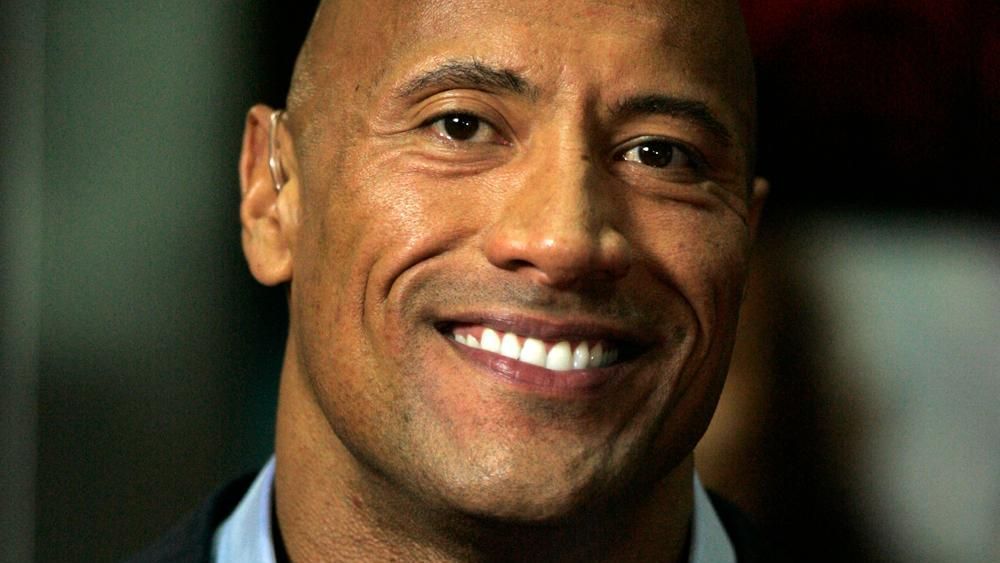
By J.P. Montalvan
•
March 27, 2024
Happy Hump Day!
I don’t usually reach out to you on Wednesdays, and I wanted to share that Wednesday isn't just any ol' day – it's the linchpin of your week. Why?
As I’m sharing with my Leadership Circle this quarter, Wednesday isn't just the midpoint of the typical work week calendar. It's a golden opportunity for us to hit pause, reassess, and realign ourselves with what really matters – our weekly priorities.
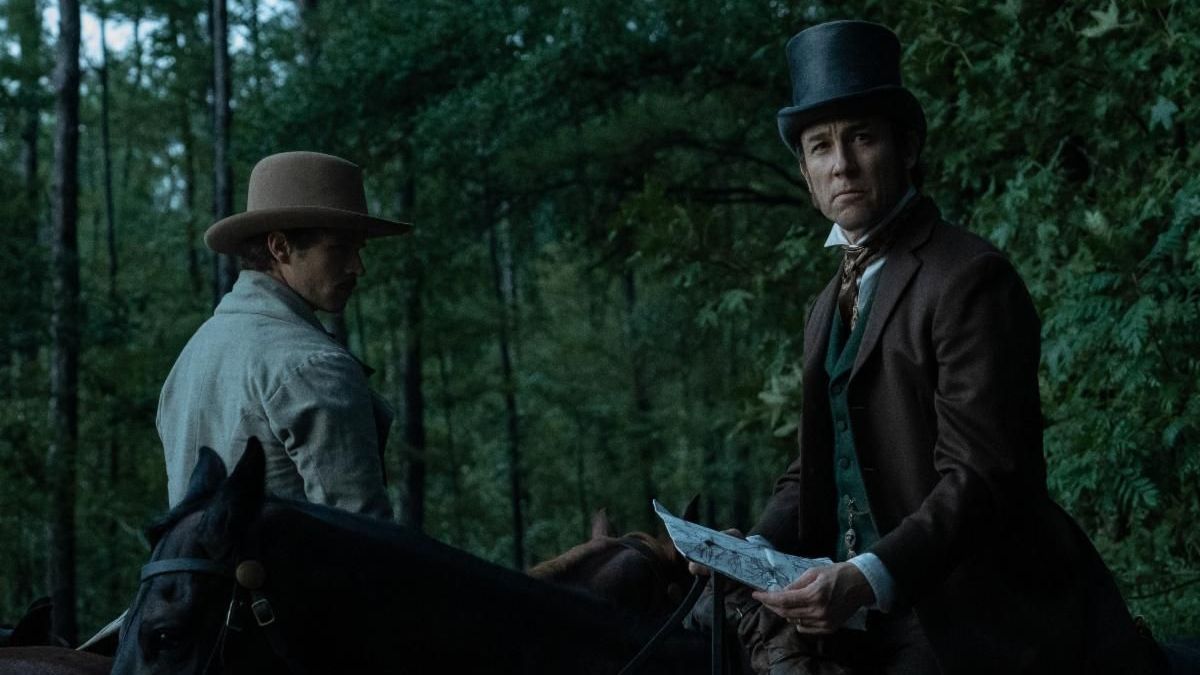
By J.P. Montalvan
•
March 18, 2024
Edwin was born in the small town of Steubenville, Ohio. His education started in Miss Randle’s kindergarten and was followed by Henry Orr’s seminary around the block. At 10, he entered George Buchanan’s nearby Latin school where he was called “an imperious and self-reliant young man.”
Edwin’s lifelong struggle with asthma might have contributed to his temper, but so could have the early death of his father and the deaths of his brother and two children.
And on the eve of achieving his life’s dream — nomination to the Supreme Court — Edwin Stanton’s chronic asthma caused his death in 1869.
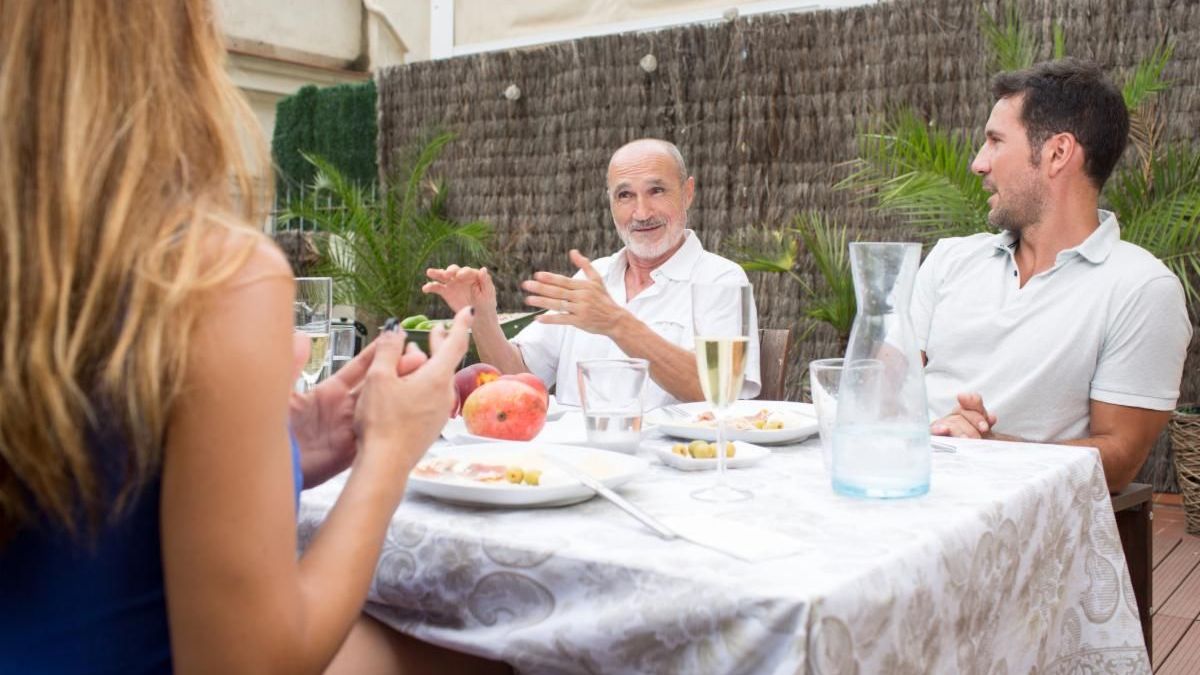
By J.P. Montalvan
•
March 11, 2024
As I sit here late at night in my parent’s family room, a few hours away from our home, thinking about you, it dawns on me that we’re often wrapped up with how leadership impacts us in the work world. But the reality is that it permeates every part of our lives – and especially our relationships with family and friends.
This weekend, the conversations with my parents are covering a myriad of topics, from advice on navigating parenthood with our newborn daughter to discussing strategies for managing their health.
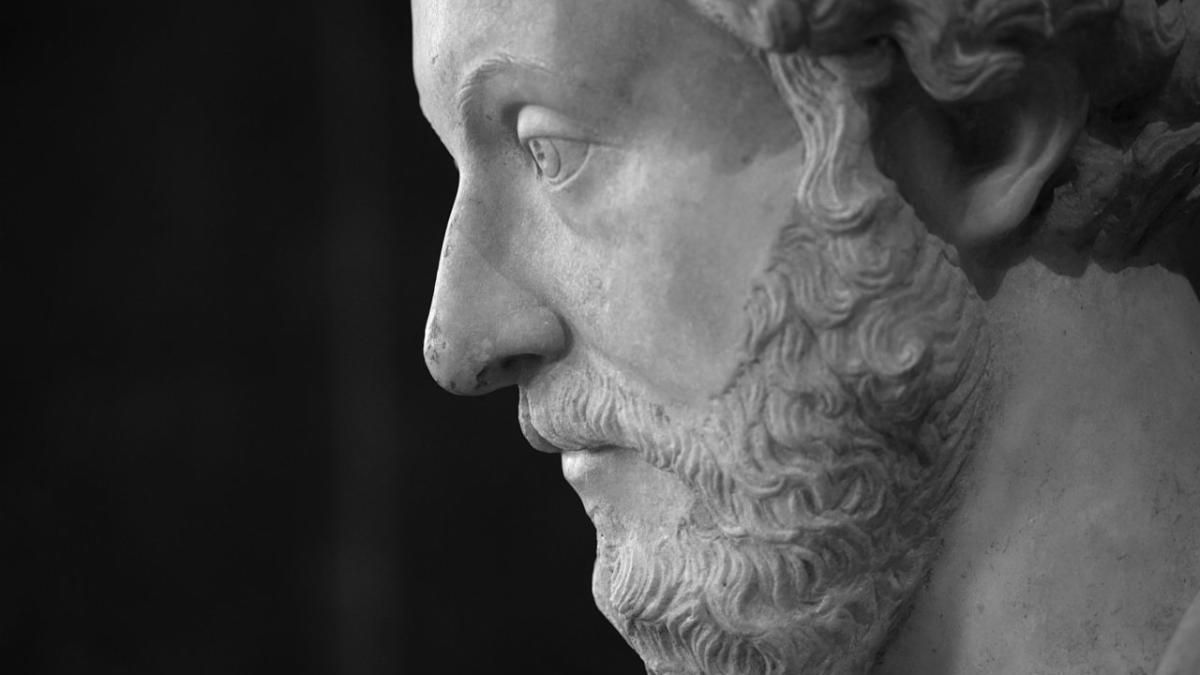
By J.P. Montalvan
•
March 3, 2024
Recently, Veronica and I took a trip to the beautiful Virginia countryside around Flint Hill, Virginia. As we took in the breathtaking, winter scenery of rolling hills, horses, cattle and more, we decided to stop for lunch at the inviting Dark Horse Irish Pub. Little did we know that our dining experience would include both delicious food and the unexpected wisdom of a heartfelt connection.
Upon entering the cozy pub, we were greeted incredibly warmly. Our waiter was a young man who attended to us graciously through our meal, and when he had to leave was replaced by an older waiter. The older waiter had a twinkle in his eye, as they say, and he immediately struck a chord with us. As our main meal switched to delicious desserts, he engaged us in some lively conversation and took a genuine interest in our newborn daughter in the stroller by our table. His genuine care and enthusiasm was really something.
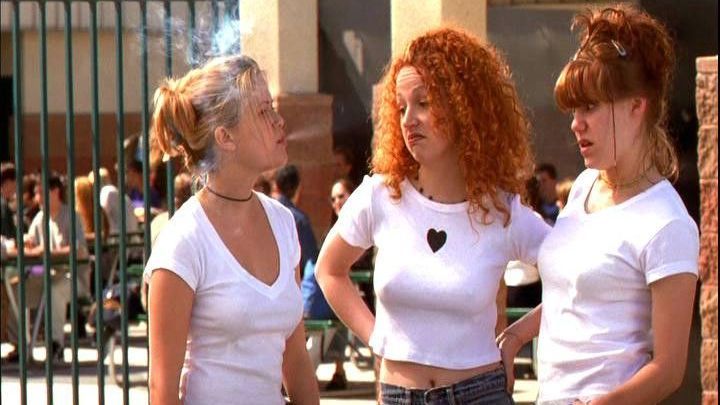
By J.P. Montalvan
•
February 25, 2024
In the challenging world of Hollywood, with a sea of scripts and opportunities, Reese knew what she wanted. Despite some early success and the offers of darker and more intense roles, she was drawn towards “optimistic” storylines that inspired and uplifted. She wanted to make a meaningful impact on her audience, especially girls and young women.
“I got a role in this movie called Freeway playing this really angry, aggressive, violent young woman who believed wholeheartedly in the truth,” Reese shared. “I had such satisfaction afterward, and I thought, that's what I want to do.”
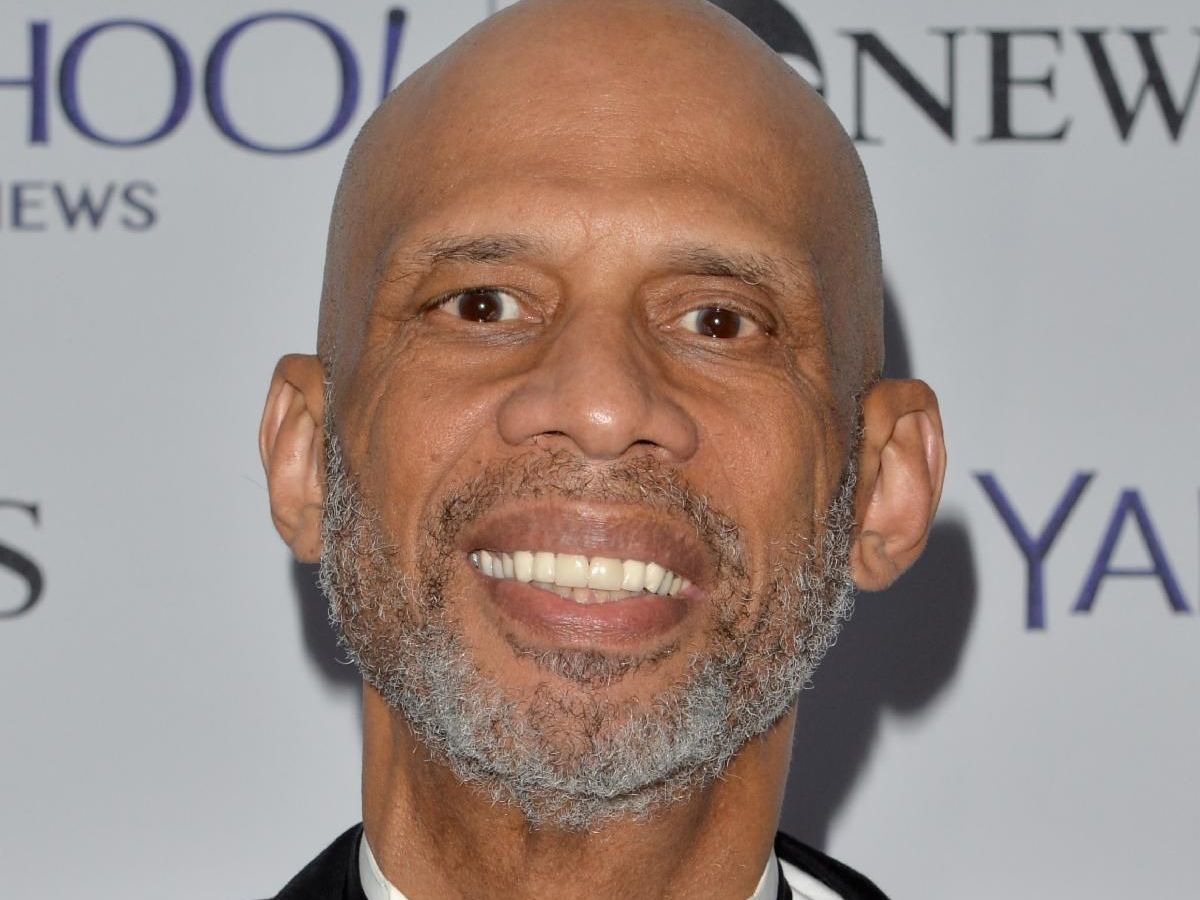
By J.P. Montalvan
•
February 19, 2024
Closing the Gap: Kareem’s Legacy and Your “Big 3” to Success
In the fast-paced world we live in, it's easy to get caught up in the whirlwind of daily tasks and lose sight of our priorities. If you’re anything like me, it happens when we think about the gaps between where we are and where we want to go, in business or in our personal lives.
Kareem dedicates much of his time now to empowering marginalized communities, reflected in his book "Writings on the Wall: Searching for a New Equality Beyond Black and White." He was asked once about his ability to prioritize amidst the glitz of a storied career.

By J.P. Montalvan
•
February 12, 2024
Getting picked last isn't great. Brock would know…
As February rolls in, it's time for a reality check on our goals. How often have you lost sight of your aspirations by now, slipping from proactive to reactive mode? I know I have in the past. How do we stay focused in the chaos of a competitive, hyperconnected world? That's a heck of a ball game.
And when we lose sight of our goals – our big goals – we are picking ourselves last.
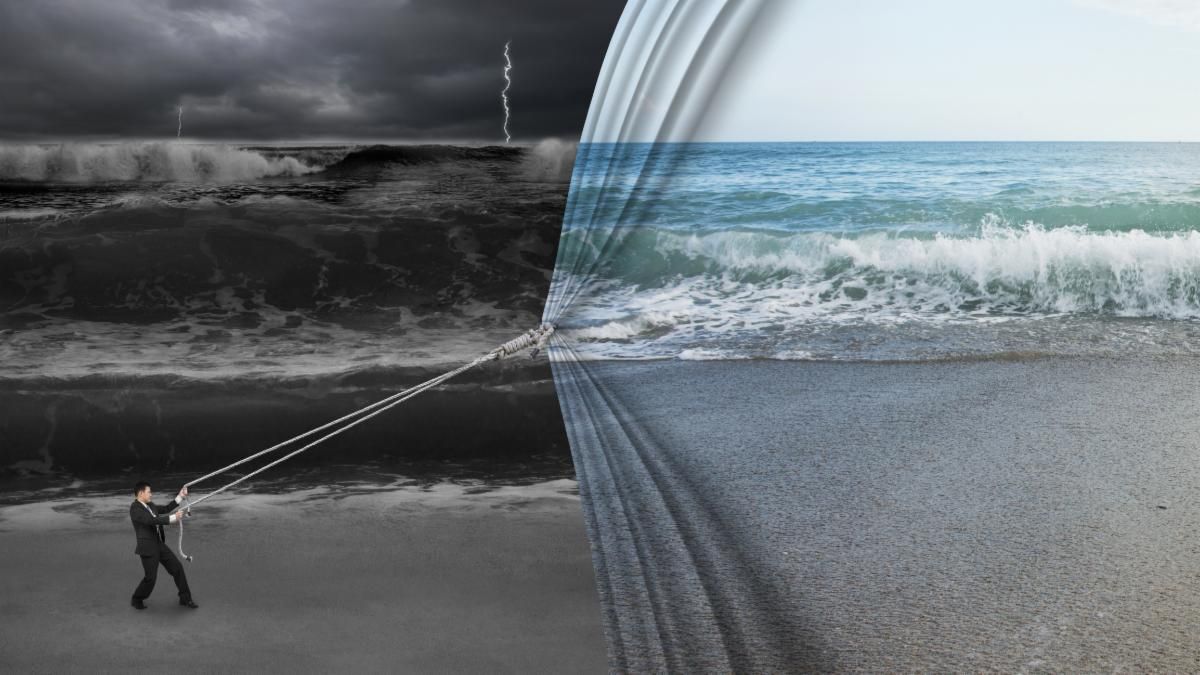
By J.P. Montalvan
•
February 5, 2024
Navigating the Storm: Finding Calm in Life's Turbulence
Many mornings, I like to share with you the stories of people facing unexpected challenges, moments of uncertainty and invaluable lessons on leadership and life amidst life’s storms. Whether it's facing setbacks in recovery, unexpected life events, or professional challenges, the ability to find calm becomes a crucial leadership skill that can make all the difference.
This morning, I’d like to share a little of my personal journey that was January 2024 with you.
